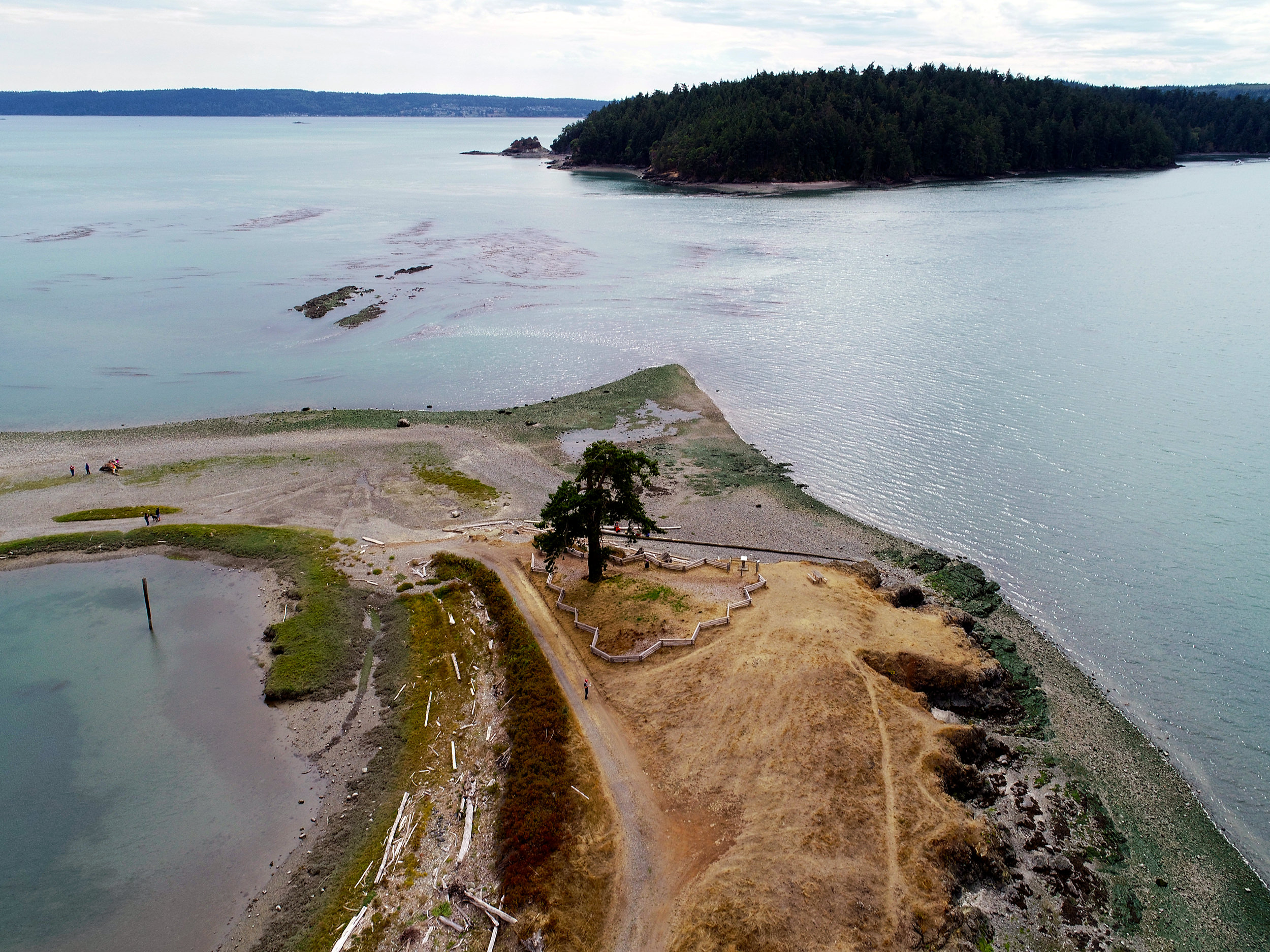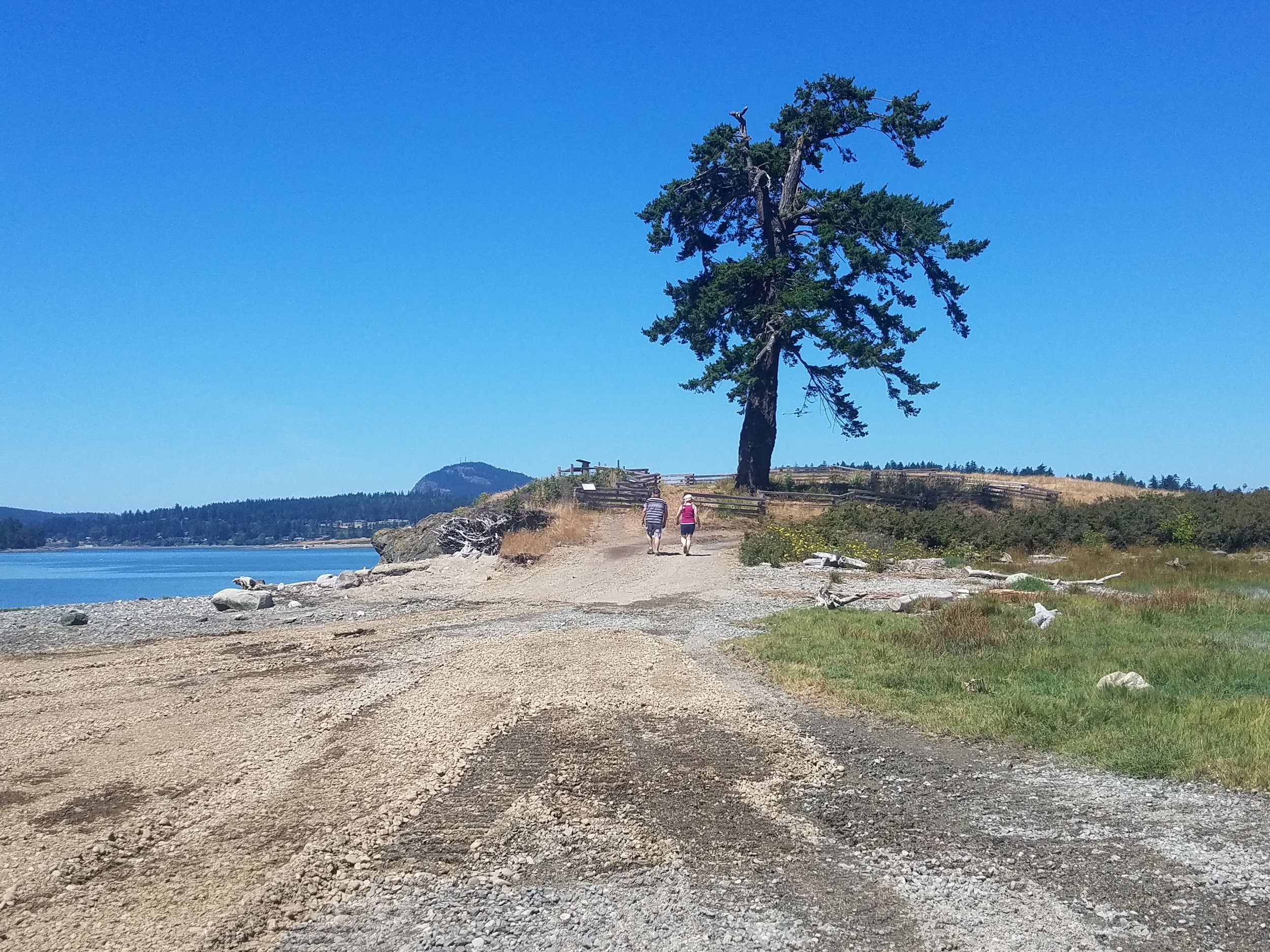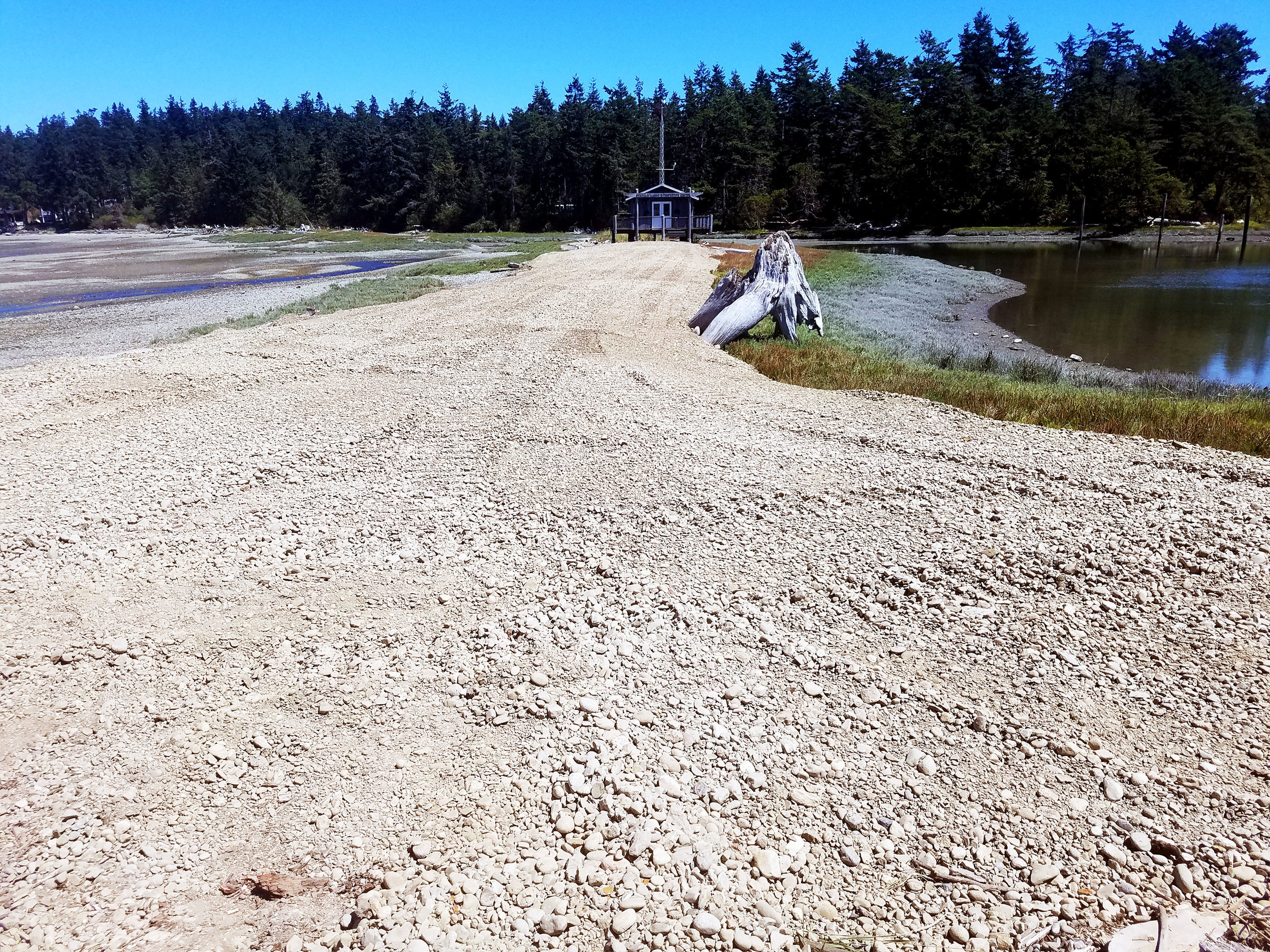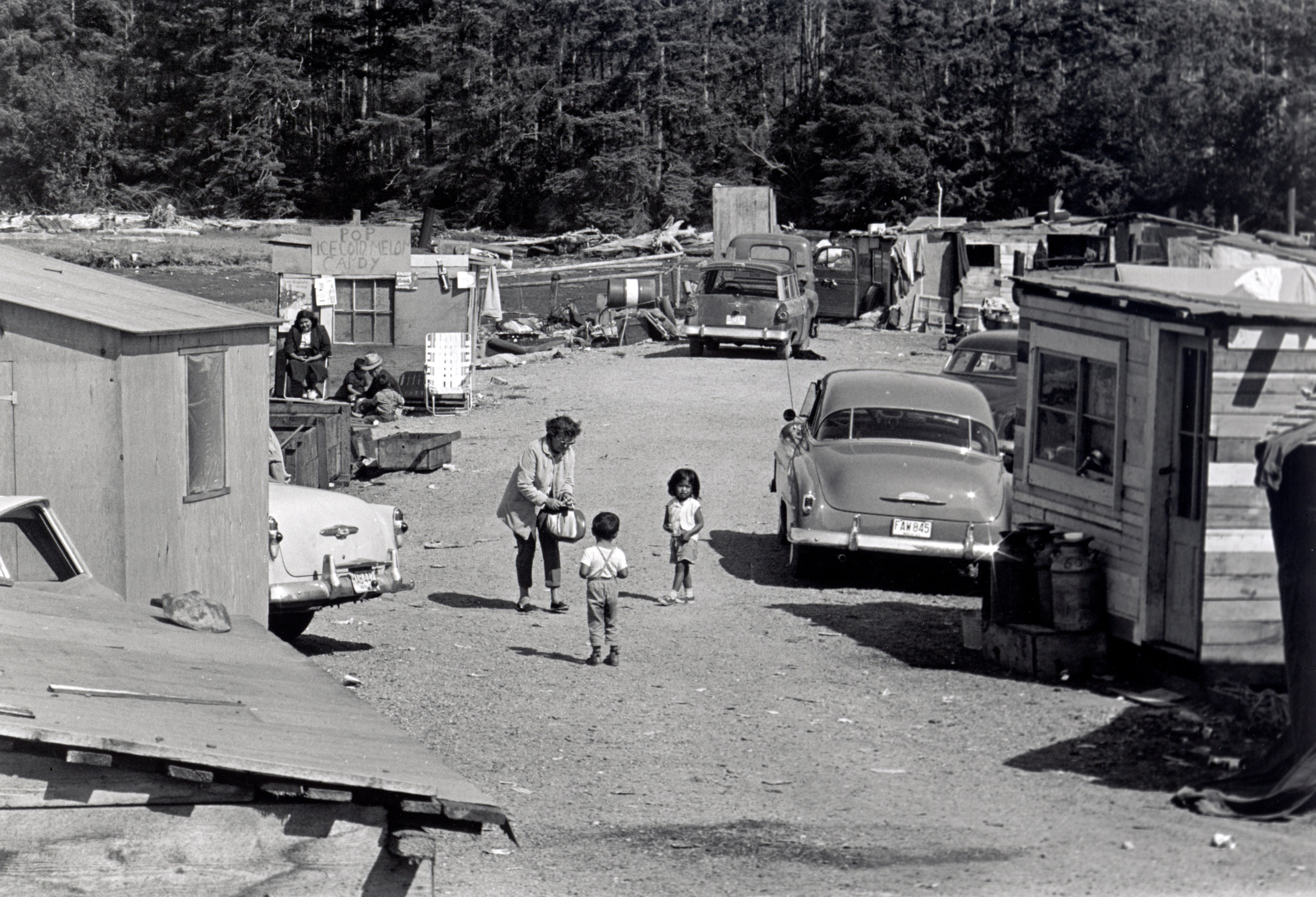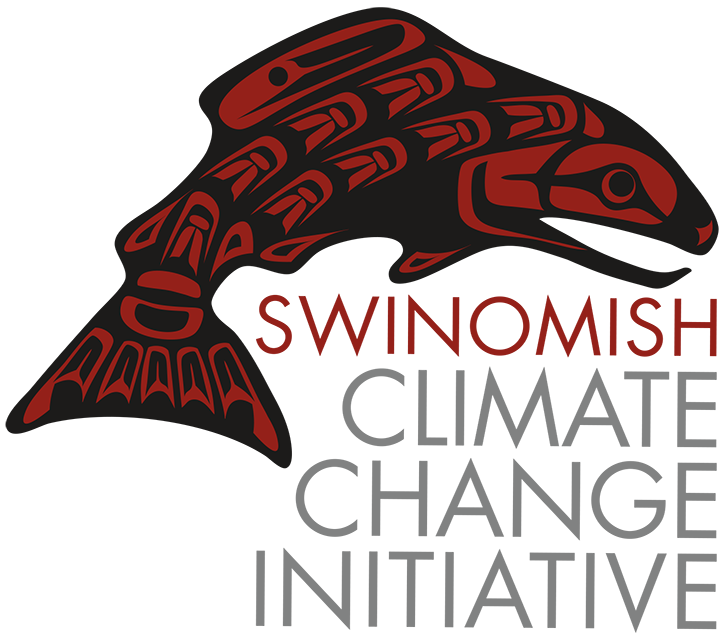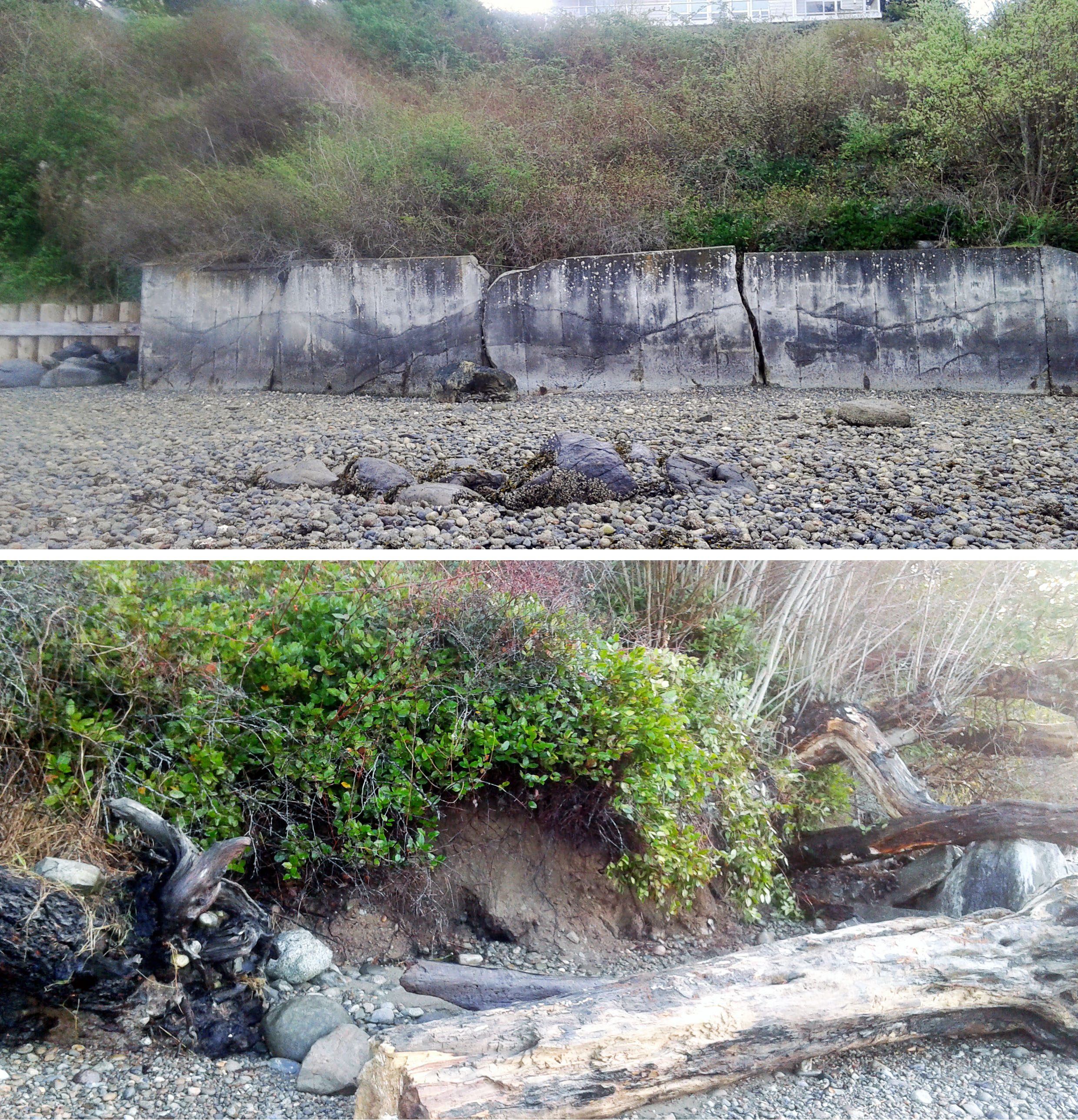Climate ACTIONs
Environmental Protection
“The Department of Environmental Protection has taken a holistic and long term approach to climate change adaptation. Climate change is woven into all aspects of our efforts of research, monitoring, policy development, and permit implementation. We are planning for the next several generations to ensure our Reservation natural resources continue to be protected and available.”
-Todd Mitchell, Director, Swinomish Department of Environmental Protection
The Swinomish Department of Environmental Protection (DEP) works to protect and restore the natural environment of the Swinomish Reservation, as well as the health and welfare of the tribal community for present and future generations. DEP has been instrumental in creating the Swinomish Climate Adaptation Action Plan. DEP recently made updates to this plan as well as the matrix that helps track climate change progress in the short and long term.
Swinomish Shoreline & Sensitive Areas (SSA) Code
“The Swinomish Shorelines and Sensitive Areas code has recently been updated to better address climate change issues from protection important feeder bluffs to reducing the impacts of sea level rise in order to improve safety for those who live on the Swinomish Reservation.”
-Scott Andrews, Environmental Compliance Manager, Swinomish DEP
DEP recently led the effort to update Swinomish Shoreline & Sensitive Areas (SSA) Code. The SSA Code provides policy updates based on new mapping of inundation risk zones for sea level rise and storm surge. The SSA Code update includes stricter regulations in the newly-delineated Sea Level Rise Inundation Risk Zones as well as for shoreline armoring especially on feeder bluffs.
The SSA Code update also calls for removal of tideland structures to help address marine habitat loss, forage and spawning areas for fish and waterfowl, and allow natural beach nourishment processes to continue unimpeded.
Before and after: tideland structures and restored beach area after structure removal
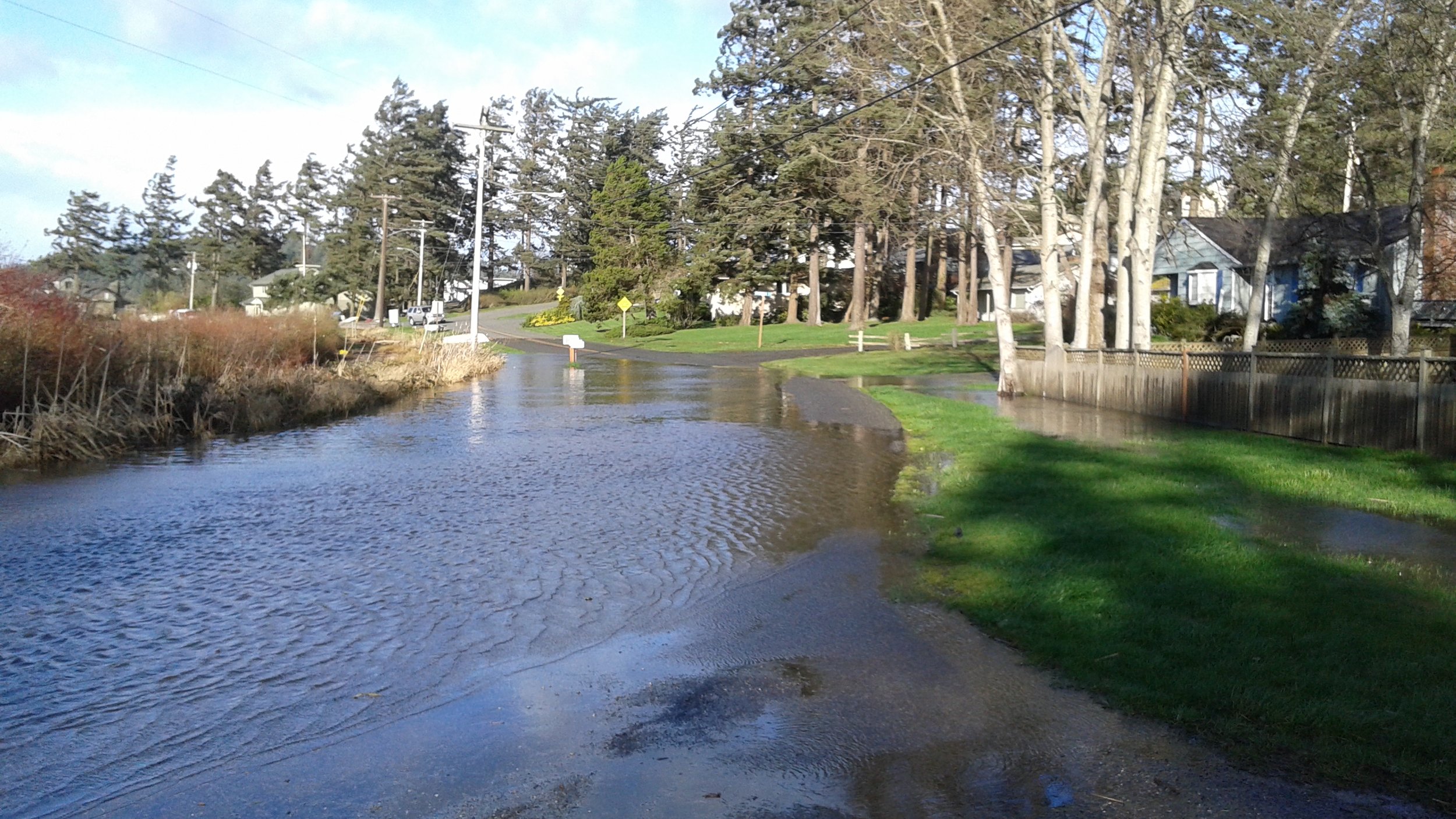
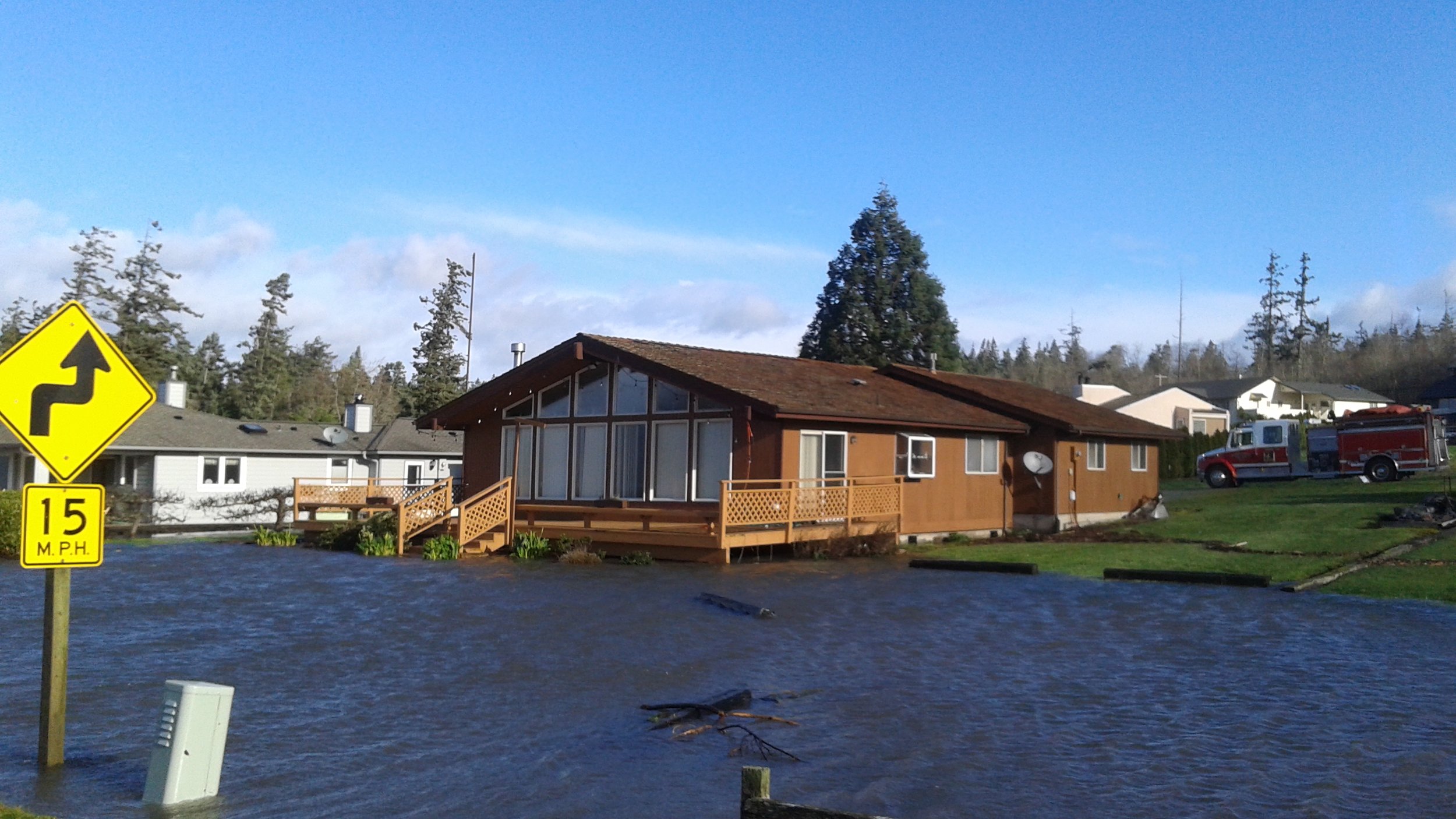
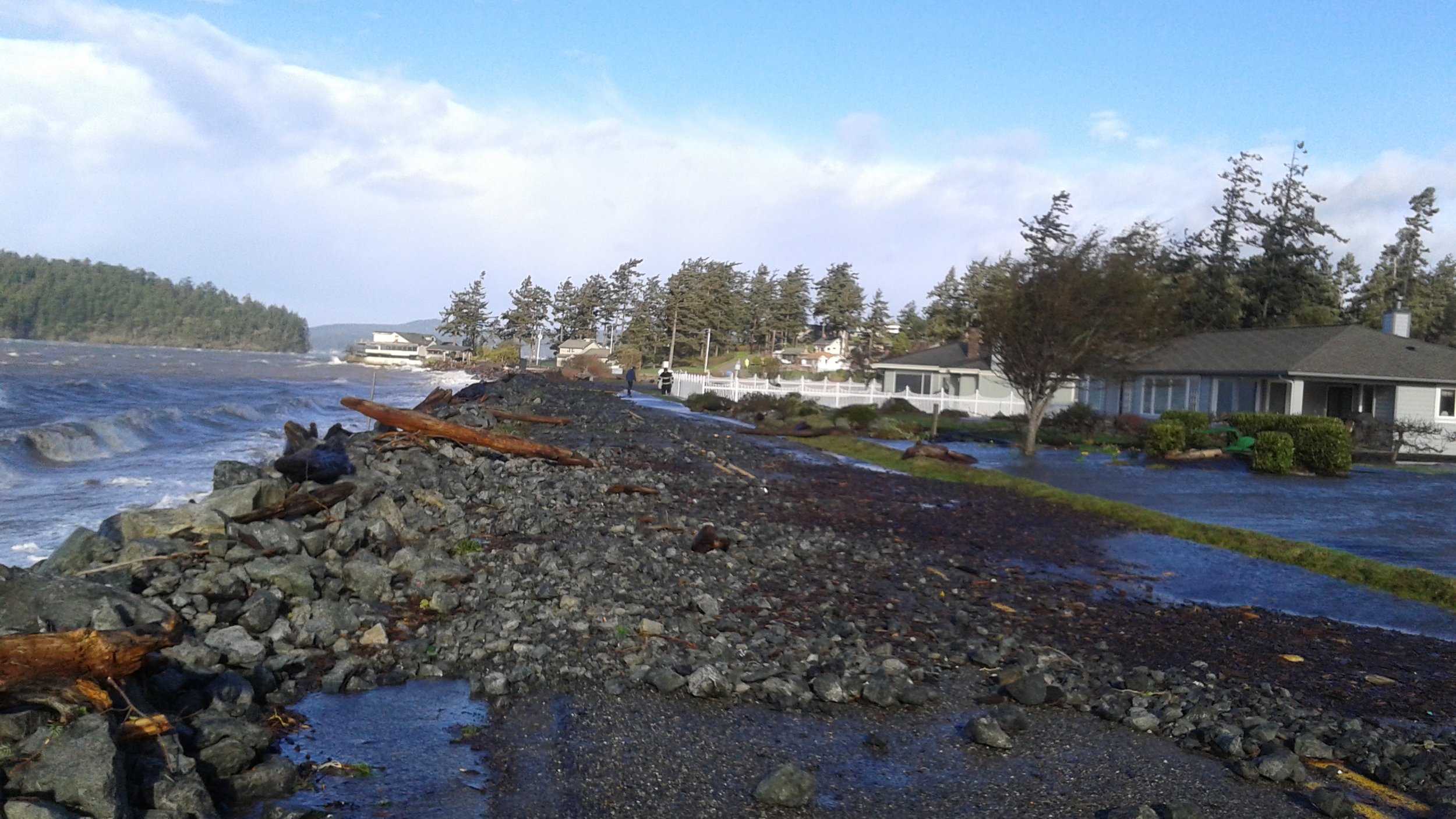
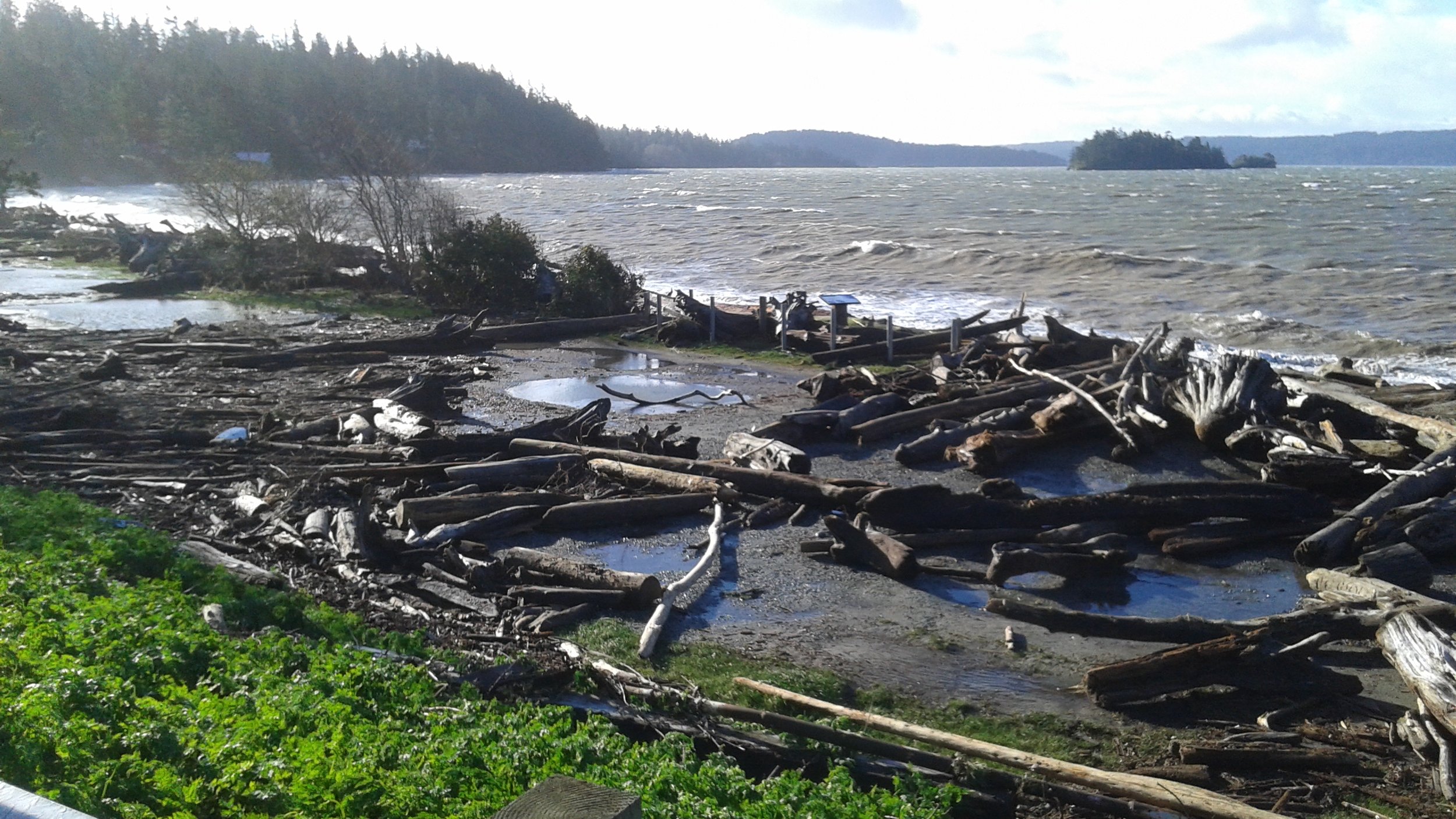
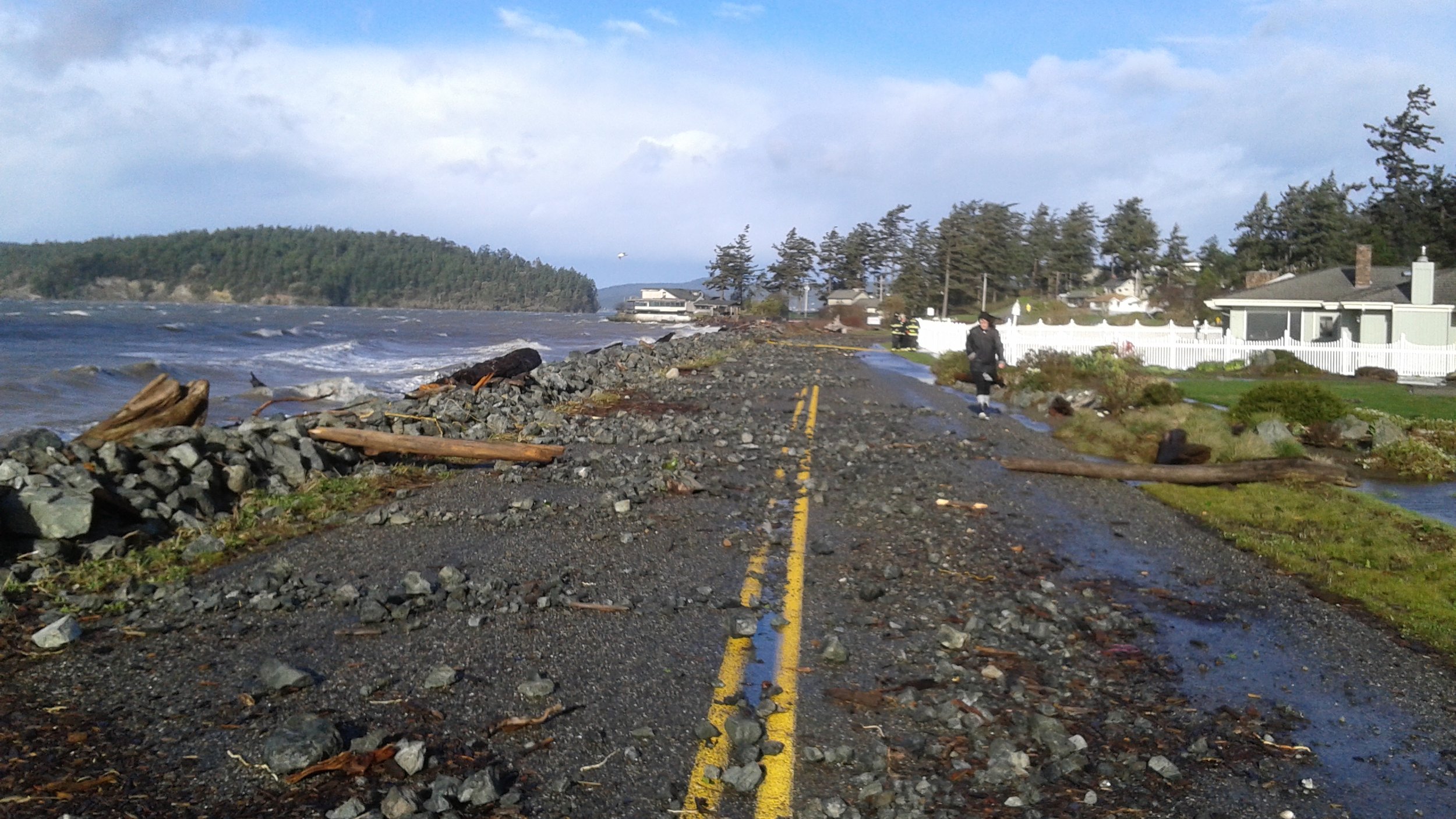
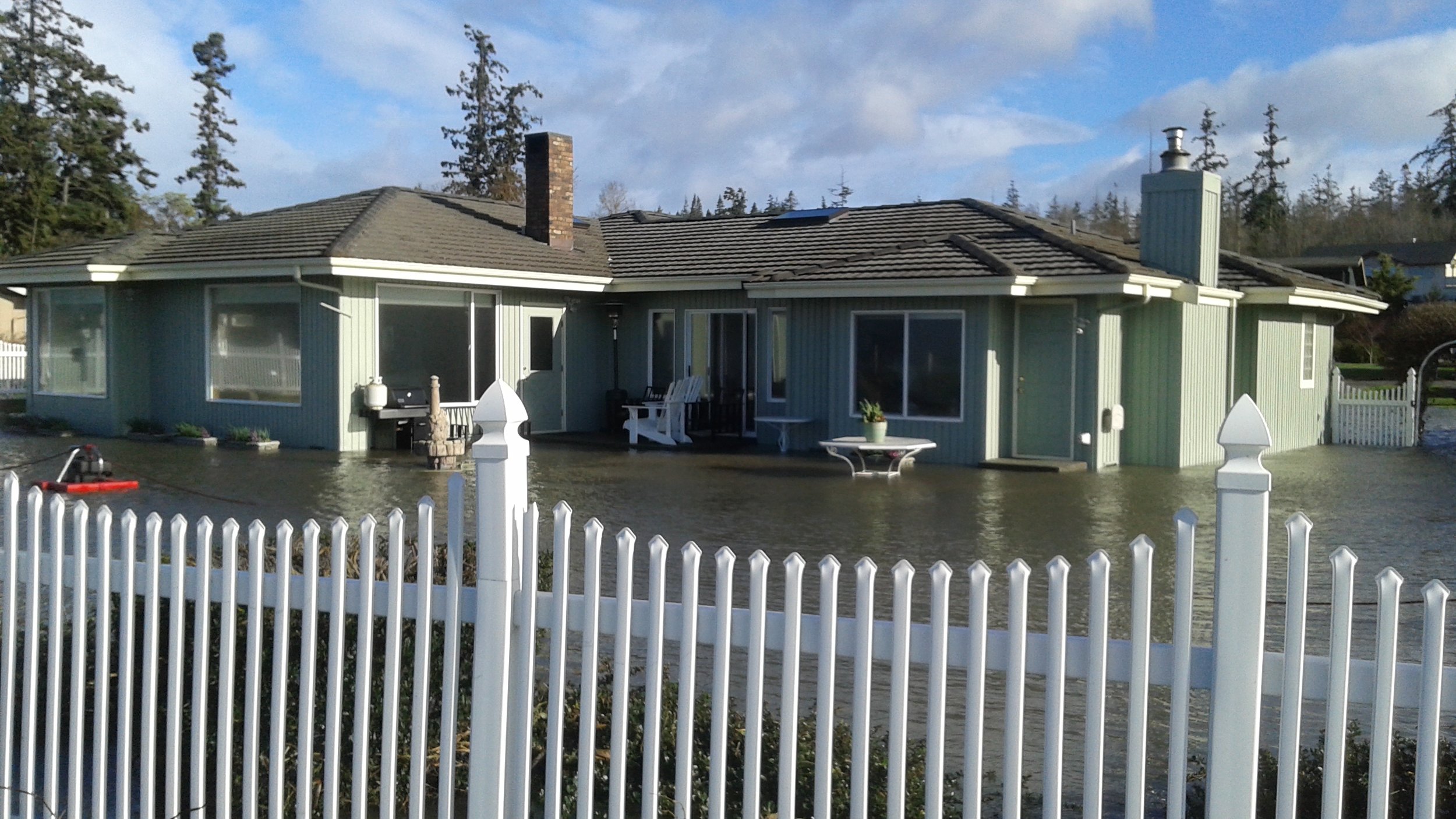
Swinomish Coastal Planning Project
DEP is undertaking an effort to work with homeowners and other stakeholders on long-term responses to Sea Level Rise on three sections of shoreline identified as at particular risk:
Snee-oosh Beach, subject to low-lying homes - This area is especially vulnerable to the impacts of Sea Level Rise during storm surge events such as those in the pictures to the left taken after one such event.
Shelter Bay Marina Basin, subject to low-lying homes - We are working with a committee of homeowners in Shelter Bay to look at long-term options for the many low-lying homes around the marina basin.
Along the Pull and Be Damned bluffs, subject to increased undercutting and potential slides - The Swinomish Tribe is seeking funding to study and identify sections of the bluff and homes that are most at risk to landslides from future erosion of the bluff toe and to review potential options.
Lone Tree Beach Project
The beaches at Lone Tree Point are culturally important to the Swinomish Community, used for shellfish harvesting, beach seining of salmon, and community gathering, as well as providing habitat for critical resources. We became concerned in 2015 that the beaches were being eroded, impacting available habitat and harvest access. In particular, the northern spit used as a beach seining platform appeared to have significantly narrowed. After review by tribal scientists for potential impacts, the Tribe opted to nourish the beach on the northern spit in 2017, placing sediment consistent in texture with native material to elevate and broaden the beach while minimizing impacts to existing habitat. Staff are continuing to monitor the evolution of the nourished beach and evaluate the feasibility and impacts of additional restoration at Lone Tree Point to address sea level rise.
